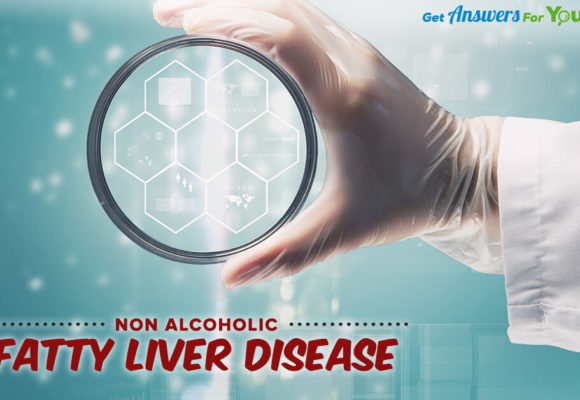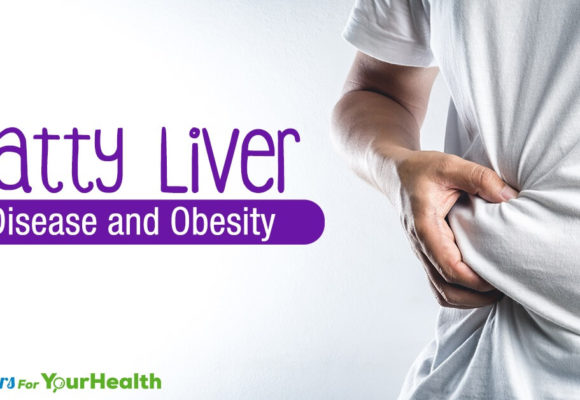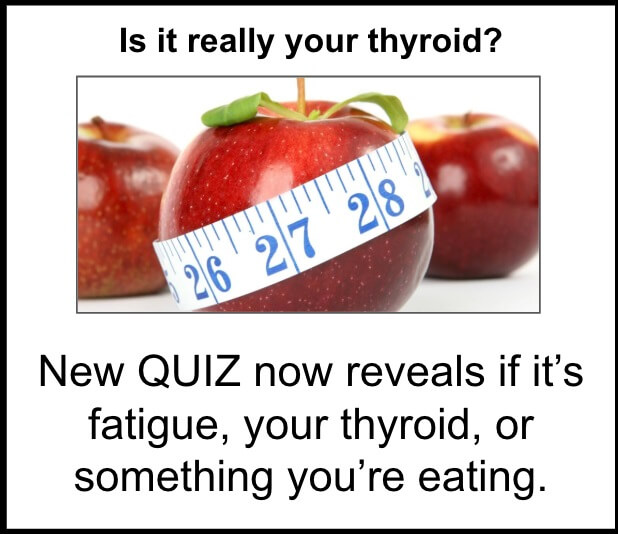1) Grab a FREE copy (Value $14.95) of one of my books Thyroid Symptom Overload
Just pay shipping $7.95 for any US orders. Or, if you want to pay full price plus shipping, order from Amazon :)
2) Take our Thyroid Quiz today and find out what "Thyroid Type" you have
This quiz will help you quickly discover where your symptoms are stemming from.
3) Join Our Thyroid Advocate Membership Site - Natural Thyroid Academy
FREE for a limited time. No credit card required.
4) Work with me and my team privately
Schedule your FREE 15 minute phone consultation and we can find out the best way to help you specifically.
It may not seem like there is any correlation between diabetes and nonalcoholic fatty liver disease. But the truth of the matter is that one can lead to the other. Studies show that people who have diabetes are more at risk of developing nonalcoholic fatty liver disease. What is worse is that if the patient with this disorder does develop diabetes, then chances of fatty liver disease increase by tenfold and the possibility of cirrhosis increases greatly. Other problems that can occur include liver failure, hepatocellular carcinoma, and even death!
This is the reason why you need to be not only aware of nonalcoholic fatty liver disease, but also diabetes. Here are some answers to help you whether or not you may be suffering from any of these conditions and what you need to do to get better. Read on to learn more.
What is Nonalcoholic Fatty Liver Disease?
Fatty liver disease is when the liver starts receiving fat deposits more than normal. If the amount of fat is 5-10% more than the weight of the liver, then there is a huge possibility that may be suffering from fatty liver disease. Fatty liver disease is divided into two types, alcoholic liver disease and nonalcoholic fatty liver disease.
Alcoholic fatty liver disease, as the name suggests, takes place when a person is a heavy drinker or a has too much alcohol consumption over a period of time. It is a common occurrence among alcoholics and can be reversed if detected in proper time. The patient often has to give up alcohol completely.
Nonalcoholic fatty liver disease, or NAFLD, is a condition where fat builds-up in the liver due to many different reasons. It is more common in people who are either obese or overweight. According to research, it is the most common liver condition around the world. Even though it is common and very manageable, it can become extremely dangerous and can lead to cirrhosis and eventually liver failure if not treated in time. Other problems that can take place because of high fat content in the liver include heart attack, stroke, and diabetes.
There is another thing that can give rise to NAFLD, and that is hormonal imbalance. When the hormones are not functioning or being produced in the quantities they should, then the liver is affected as well.
The liver is the organ that is responsible for the breakdown of hormones and getting them out of the body. In simple words, the hormones of the body and the liver are directly dependent on each other. If one is not working right, the other won’t be able to function adequately either.
The good news is NAFLD is not life threatening if it is detected in its early phase. There is no particular medication or treatment for it and doctors typically recommend making dietary and lifestyle changes. Giving up alcohol consumption also makes a significant difference. This condition often goes unnoticed because people generally remain in the first stage of the disease process.
Here are some common signs and symptoms of nonalcoholic fatty liver disease:
- Enlarged blood vessels
- Red palms
- Abdominal swelling
- Yellow skin and eyes
- Enlarged spleen
- Large breasts among men
- Fatigue
- Pain in the upper right side of abdomen
If you have these signs and symptoms, you need to talk with your doctor.
How is it Connected to Diabetes?
Question is, what does Non Alcoholic Fatty Liver Disease have to do with diabetes? As mentioned above, NAFLD can take place because of hormonal imbalance. Diabetes is a disease of the hormones as well. If the body is not able to produce enough insulin, there will be excessive glucose in the blood. Likewise, if the body is unable to produce insulin, diabetes type I takes place. This clearly shows that hormonal imbalance is often the cause of diabetes.
So how are diabetes and NAFLD connected? Studies make it obvious that people who have diabetes are at a higher risk of liver failure because there is excessive glucose in body that can lead to fat accumulation in the liver. Likewise, if a person has nonalcoholic fatty liver disease, the liver would not be able to break down insulin and this would increase the quantity of glucose in the blood and lead to diabetes. Hence, they are directly proportional to each other.
This is the reason that if you are diabetic, or if you have nonalcoholic fatty liver disease, you will need to monitor other systems of the body. Some common symptoms of diabetes are:
- Increased hunger and thirst
- Headaches
- Blurred visions
- Frequent urination
- Frequent infections particularly urinary tract infection
- Inexplicable weight loss
Diabetes is an autoimmune condition. But it can often be managed effectively and people can lead normal lives. But the thing is, if you have NAFLD or if you have developed it because of diabetes, just simple diabetes management will usually not be enough. You will need to deal with both issues.
So what do you need to do? The first thing that should be done is meet with your doctor. Only a medical health practitioner will be able to diagnose you and offer you some guidance. The other thing that you will be asked to do is lose weight. Think of this as a marathon and not a sprint. It is going to take time and patience. Call Health Solutions Plus, 716-773-4707, for a customized health solution that works for you.
A sedentary lifestyle makes a diabetic and NAFLD worse. Be sure to work out at least 4-5 days a week for 30-40 minutes. This can even include something as simple as walking. Get out and move around. You can become part of a workout group at a gym nearby or do an exercise program right at home. The more active you are, you lessen the chance of becoming obese.
Do not forget that stress will only make this worse. So if you have been diagnosed with nonalcoholic fatty liver disease and diabetes, you can manage it with a rational and practical approach. We are here to help you along the way. You got this!
References
- https://www.ncbi.nlm.nih.gov/pmc/articles/PMC4943559/
- https://www.nhs.uk/conditions/non-alcoholic-fatty-liver-disease/
- http://www.touchendocrinology.com/articles/non-alcoholic-fatty-liver-disease-and-type-2-diabetes
- https://www.hindawi.com/journals/ije/2013/450639/








